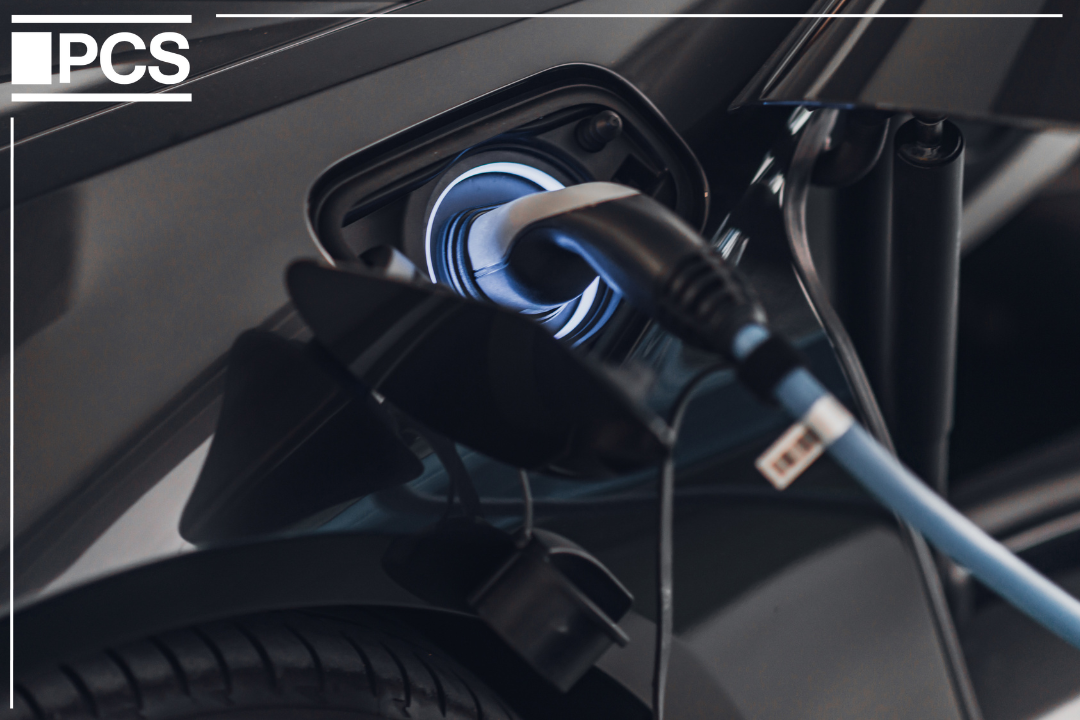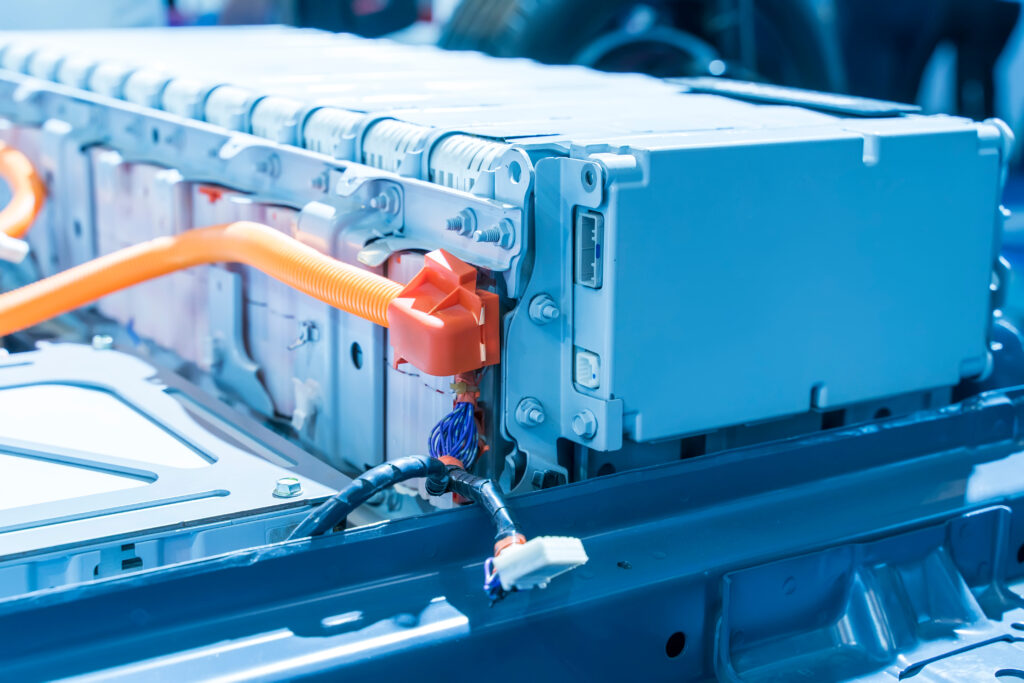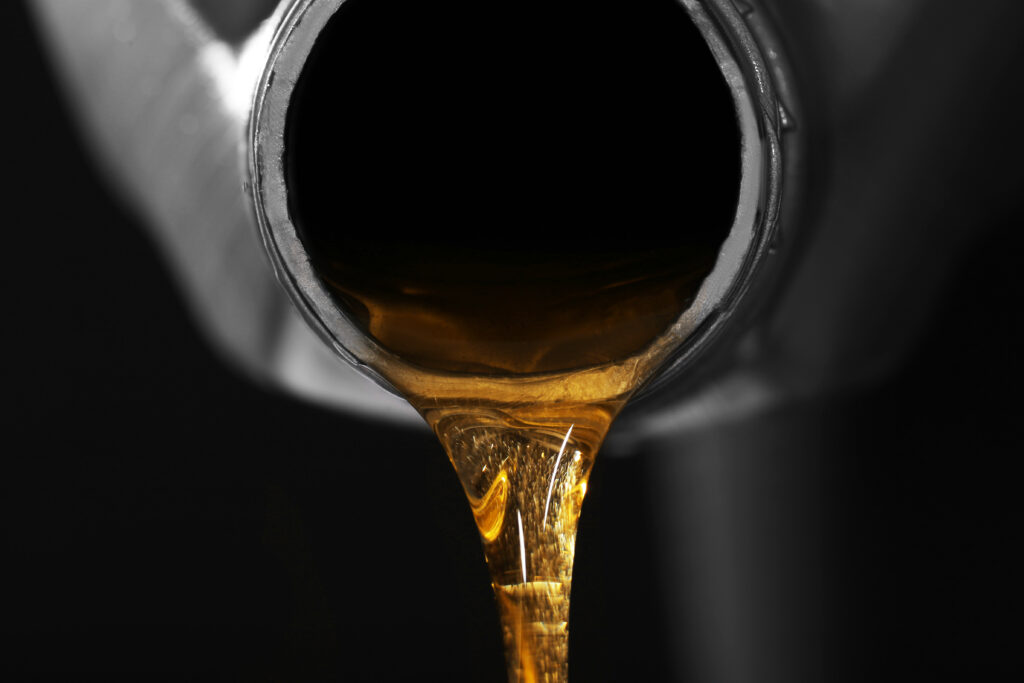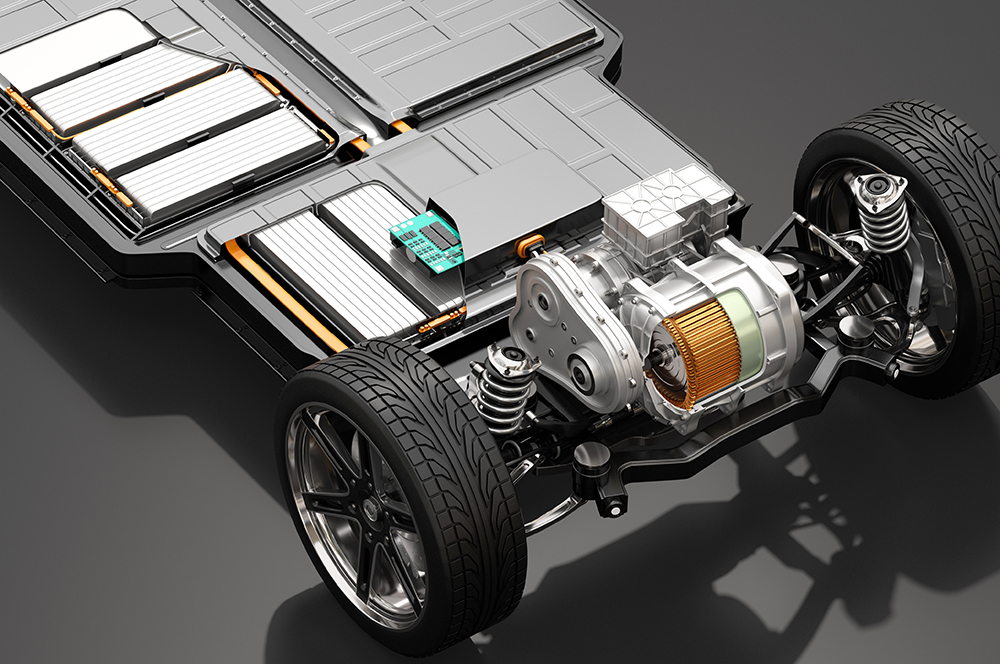Do Androids Dream of Electric Jeeps? – The challenges facing EV tribology

The evolution of electric vehicles (EVs) from their inception in the 1800s (the first electric car was created by German Andreas Flocken – the Flocken Elektrowagen in 1888!), to the cutting-edge designs of today, the electric car has been a fascinating journey of innovation, driven by environmental concerns and the pursuit of sustainable transportation.

Initially, EVs gained popularity due to their quieter operation and ease of use compared to internal combustion engine (ICE) powered vehicles, but advancements in ICE technology and economic factors led to their decline by 1935.
By the late 20th century however, a resurgence of interest in electric cars was being driven by rising fuel prices and growing environmental awareness. This shift not only influenced the automotive industry’s direction but has also introduced incredibly unique challenges in the design and maintenance of EVs, which require advanced and specific drivetrains, transmission, and lubrication.

Modern EVs are characterised by their electric motors and batteries and are significantly different from ICE vehicles in terms of their operational mechanisms. These vehicles provide immediate torque and efficient power across various speeds without the need for a traditional clutch or complex transmission systems.
This efficiency, however, requires specialised transmission fluids to maintain performance and prevent overheating. The heavier weight of EVs compared to their ICE counterparts (batteries weigh a lot) has also led to the development of tires designed with stronger side-walls to support the extra load.
Lubrication remains a crucial aspect of vehicle maintenance, albeit with different focuses between EVs and ICE vehicles. In ICE vehicles, lubricants aim to minimize friction and wear among moving parts. For EVs, lubricants must not only reduce friction but also assist in torque transmission and must be compatible with electrical components, guaranteeing the longevity and quiet operation of bearings while preventing corrosion, especially to copper parts.

Electric vehicle (EV) lubricants are primarily composed of synthetic base oils, such as polyalphaolefins (PAOs) or esters. Unlike traditional mineral oil-based lubricants, these synthetic alternatives offer more thermal and oxidative stability, which is important in managing the extreme temperatures and pressures within EV drivetrains.
EV lubricants generally also boast a high viscosity index (VI), which enables them to retain consistent viscosity across a broad range of temperatures. This feature is particularly important in EVs, where drivetrain temperatures can fluctuate significantly due to variations in ambient temperature, vehicle speed and load, and crucially the battery’s charging state.
Thermal management is another area of EV tribology research, as EVs require fluids with lower viscosity to effectively cool motors and batteries without compromising performance.
Future advancements in EV technology will likely emphasise the durability and efficiency of moving parts, meaning lubricants compatible with a wide range of materials and capable of operating under varied conditions will become more and more common.

One problem which would seem obvious and is absolutely critical for EVs is in managing electrical currents within drivetrains, particularly the stress placed on lubricants and bearings by EV motors, which can rotate up to 20,000 revolutions per minute! To give you an idea of how fast that is, desk fans have an average RPM of between 1500-2000 RPM.
The management of lubrication regimes to prevent damage from electrical discharges, without compromising mechanical integrity or power efficiency, is possibly the most important factor in EV lubricants. Innovations such as the concept of elastohydrodynamic lubrication (EHL) and the introduction of the lambda star (Λ*) ratio aim to address these challenges by providing more accurate estimations of lubrication conditions, considering the micro-level effects of surface roughness.
In this evolving field – known as electronic tribology – the integration of mechanical and electrical sciences aims to optimise lubrication against wear and electrical discharges, hopefully resulting in significant advancements in EV technology and drivetrain durability.
As the automotive industry continues to navigate the shift towards electric mobility, the importance of ongoing research in tribology, lubricants, materials, and component design cannot be overstated. Addressing the unique challenges presented by EVs will not only enhance their performance and longevity but also contribute to the broader goal of sustainable transportation.
To stay updated with the newest industry insights through our articles and news, click here!
